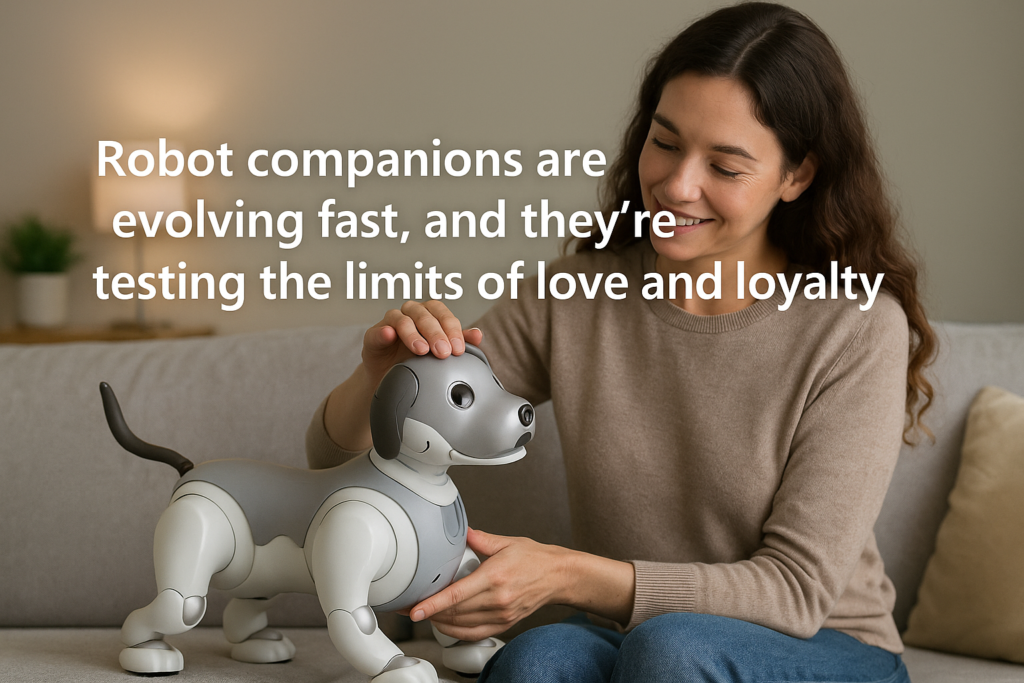
Robot companions are evolving fast, and they’re testing the limits of love and loyalty. They wag their tails, react to your voice, and learn your daily habits, yet they don’t need food, walks, or a trip to the vet. For some, they’re novelty gadgets. For others, they’ve become loyal friends, emotional supports, even stand-ins for the real thing. As these artificial pets grow more realistic and emotionally responsive, they’re quietly redefining what it means to bond. Are they replacements, supplements, or something entirely new?
1. Some Robotic Pets Mimic Emotions, Wag Tails, and Respond to Your Touch
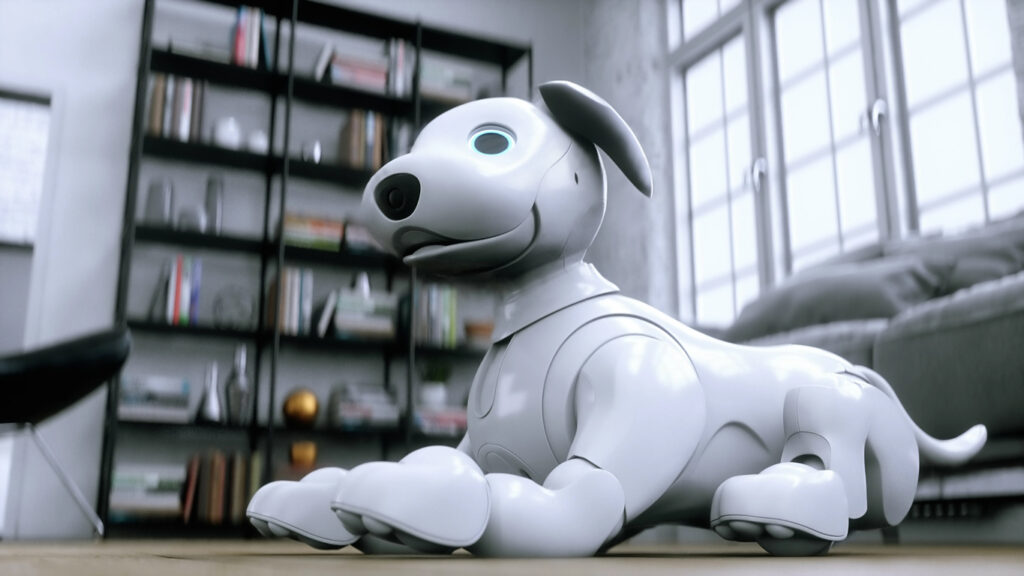
Modern robotic pets are no longer stiff, plastic novelties. Many now feature soft synthetic fur, blinking LED eyes, and motors that let them sit, stretch, or tilt their heads in response to voice or touch. Some models wag their tails when praised, whine when ignored, or even curl up beside you like a real dog would. Sensors detect stroking or tapping, triggering behaviors that mimic affection, curiosity, or excitement. Some bots simulate breathing or emit soft coos to enhance the illusion of life. It’s not just mechanical movement. It’s a behavioral design aimed at creating emotional warmth. The goal is to build a pet that can comfort you, play with you, and make you feel less alone.
This level of realism is achieved through a mix of robotics, animal behavior modeling, and emotional psychology. Developers study how pets express moods, such as a slow blink or a playful head tilt, and build those reactions into code. The effect can be surprisingly convincing. Users often name their robotic pets, talk to them regularly, and treat them as faithful companions. Studies show that many people form emotional bonds within weeks of use, especially those who live alone or are unable to care for a living animal. The line between interaction and affection blurs quickly. If a pet makes you feel loved and needed, does it matter if it runs on batteries instead of a heartbeat?
2. Pet Tech Companies Are Promising Lifelike Interaction Without the Mess or Grief
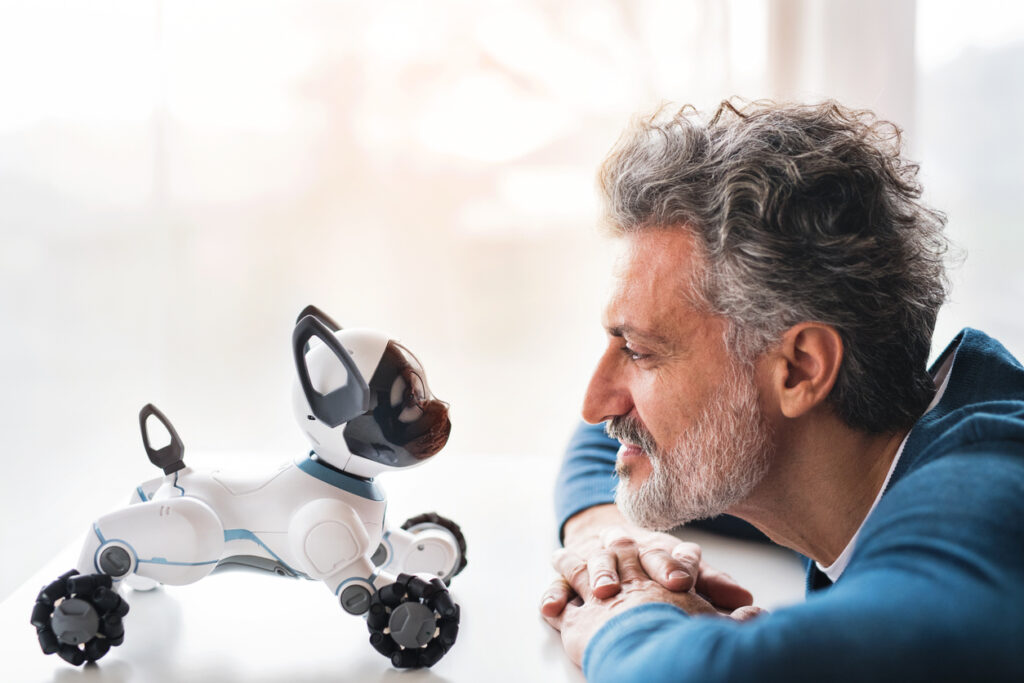
One of the most significant selling points of robotic pets is that they leave out no mess, no allergies, no surprise vet bills, and no heartbreaking goodbyes. Companies like Tombot, Unitree, and Sony (maker of the iconic Aibo robot dog) are promoting their bots as emotionally intelligent companions that never age, shed, or get sick. These pets are always clean, always cheerful, and always ready to engage. That’s a powerful pitch for people who have lost pets or can’t care for living ones due to physical, financial, or housing constraints. Instead of food and water bowls, there are charging docks. Instead of emergency vet visits, there are software updates. Its companionship was redesigned for convenience and longevity.
What these companies are really selling isn’t just a gadget. It’s an emotional service. Developers emphasize the ability of robot pets to provide comfort, reduce loneliness, and offer playful interaction that feels personal. Some even suggest robotic pets are better than the real thing because they can be programmed to suit your exact preferences. They don’t nip, run away, or ignore you when they’re moody. The pet tech industry has already surpassed $6 billion globally and is projected to grow fast as AI improves and public attitudes shift. For many, the appeal is simple: no heartbreak, no hassle, just the best parts of having a pet on demand.
3. Advanced AI Lets Robot Dogs Learn Your Habits and Adapt to Your Mood
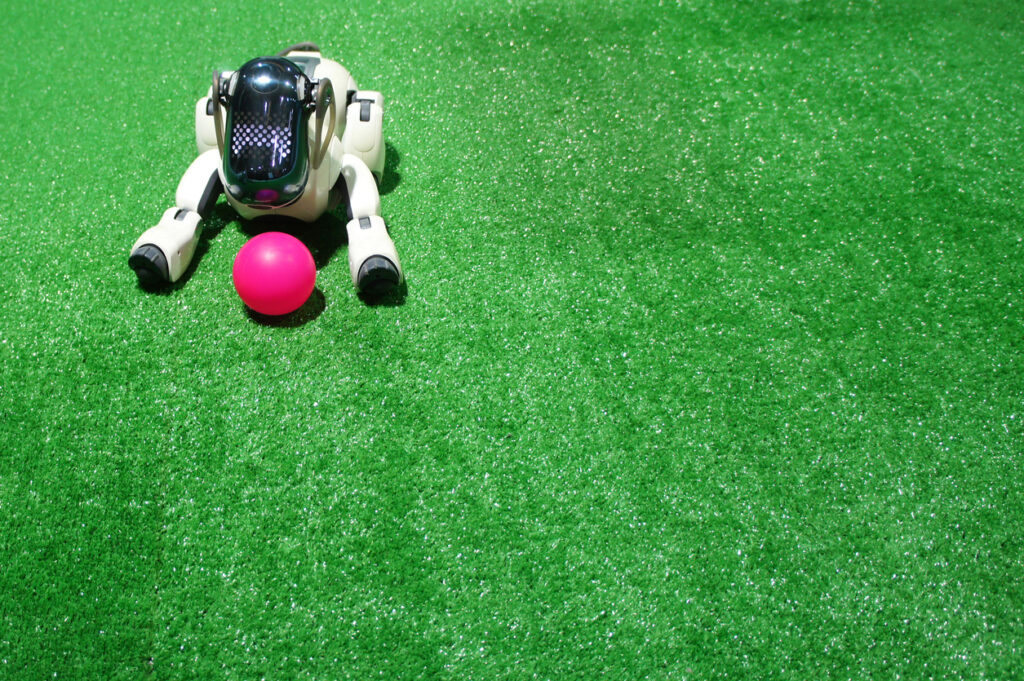
The newest generation of robotic pets isn’t just reactive; it’s also intelligent. It’s adaptive. Thanks to artificial intelligence and machine learning, these bots can observe your daily routines and adjust their behavior accordingly. If you tend to wake up late, the robot might “sleep in” too. If you speak in a softer tone or seem upset, it may respond with slower movements or calming sounds. This personalized responsiveness creates the illusion of understanding, making the pet feel more like a partner than a programmed machine. Some models can even remember your name, recognize specific phrases, and prioritize your favorite activities. The more time you spend with them, the more tailored the interaction becomes.
This kind of adaptive bonding is designed to mirror how real pets form connections over time. Developers are tapping into our psychological tendency to respond emotionally to patterns, especially those that feel customized or familiar. When a robot seems to know you, it builds trust, even if it’s just mimicking that awareness. Many users report feeling seen or cared for by their robotic pets, even when they logically know it’s all code. That feedback loop becomes especially powerful for people who feel isolated, making the robot feel less like a novelty and more like a companion. It may not be genuine empathy, but the emotional payoff is still surprisingly genuine.
4. They Don’t Age, Get Sick, or Require Expensive Vet Visits
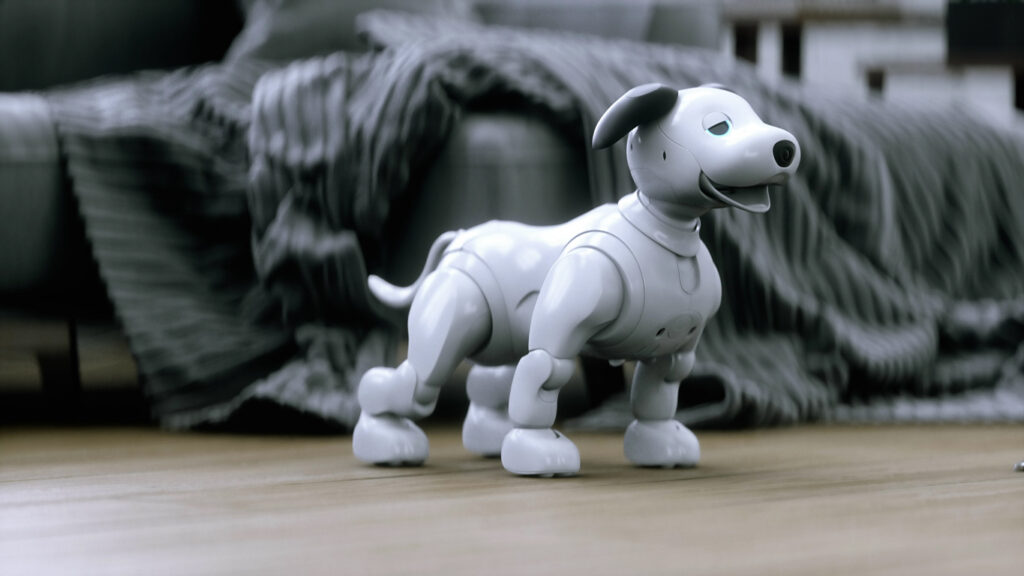
One of the most painful parts of pet ownership is knowing it won’t last forever. Real animals age, get sick, and eventually pass away, often leaving their owners devastated. Robotic pets remove that heartbreak entirely. They don’t grow old, develop arthritis, or require emergency surgeries. As long as you keep them charged and occasionally update their software, they remain as lively and responsive as the day you got them. For people who’ve faced high vet bills or watched beloved pets suffer in their final years, the idea of a pet that never declines holds enormous appeal. You can enjoy the emotional connection without the looming fear of loss. In a world where grief is often unpredictable and overwhelming, this level of emotional control is powerful.
There’s also a financial benefit that many users find hard to ignore. The lifetime cost of a real dog can exceed $20,000 when you factor in food, grooming, training, and medical care. In contrast, a robotic pet might cost a few hundred to a few thousand dollars up front, with minimal maintenance expenses over time. There’s no need for flea medication, pet insurance, or last-minute boarding services. And unlike real animals, robotic pets won’t destroy your furniture or trigger allergic reactions. For people living in apartments, traveling frequently, or managing unpredictable schedules, the stability of a low-maintenance pet is a significant part of the appeal. It’s a new kind of companionship, one that doesn’t require sacrifice.
5. In Japan and South Korea, Robot Pets Are Already Household Staples

While robotic pets still seem futuristic in some parts of the world, they’ve become surprisingly common in Japan and South Korea. These countries have long embraced robotics not just for industry but also for everyday life, including caregiving, education, and emotional support. Sony’s Aibo robot dog, reintroduced with AI enhancements, quickly became a status symbol in Japanese homes. It walks, plays, and responds to its owner’s emotions with an expressive LED face and fluid body movements. Some families have multiple units, each with its own name and personality profile. In many homes, robotic pets are treated with the same affection and responsibility as real animals. They’re included in holiday celebrations, given daily routines, and even featured in family photos.
This cultural comfort with robotic companionship stems in part from societal values that prioritize harmony, technology, and interdependence. In a country with an aging population and shrinking household size, robot pets are viewed not as sad replacements but as joyful solutions. They fill emotional gaps for seniors without requiring the demanding care of a real pet. In South Korea, robotic cats and dogs are used in schools to help children learn empathy and responsibility. Their presence in public and private life reflects a broad acceptance that machines can have emotional value. Where some Western consumers still find the idea unsettling, many East Asian users have already moved beyond the question of “Is it real?” to “Does it make me feel better?”
6. Elderly Users Report Deep Emotional Bonds With Their Mechanical Companions

For many older adults, especially those living alone or in assisted care facilities, robotic pets offer more than entertainment. They provide meaningful companionship. These pets don’t just fill time; they help fill emotional voids created by isolation, loss of mobility, or the absence of close family. Studies have shown that robotic animals, such as Tombot’s lifelike golden retriever, can reduce feelings of loneliness, lower blood pressure, and even improve memory recall in people with dementia. They’re instrumental in environments where real animals aren’t allowed or where residents can’t care for a living pet. A robot that purrs when touched or “snuggles” when spoken to may sound gimmicky, but for many seniors, those gestures provide genuine comfort. The interaction activates the same emotional responses as a living pet, even though they know it isn’t real. Over time, these machines become a part of daily life and even something to look forward to.
Caregivers and healthcare professionals increasingly see robotic pets as therapeutic tools, not just cute gadgets. Unlike therapy dogs, robotic pets are available 24/7 and don’t need feeding, breaks, or special training. Some facilities have even reported an improvement in mood and behavior among residents after introducing robotic pets into group settings. The pets provide structure, reduce agitation, and encourage social interaction between residents. In some cases, patients with memory loss speak more frequently or become more engaged simply by interacting with the robot. This kind of consistent, nonjudgmental companionship offers emotional support that’s difficult to replicate in clinical settings. For elderly users, it’s not about replacing people. It’s about restoring a sense of connection.
7. They’re Seen as a Solution for People With Allergies, Apartment Restrictions, or Limited Mobility
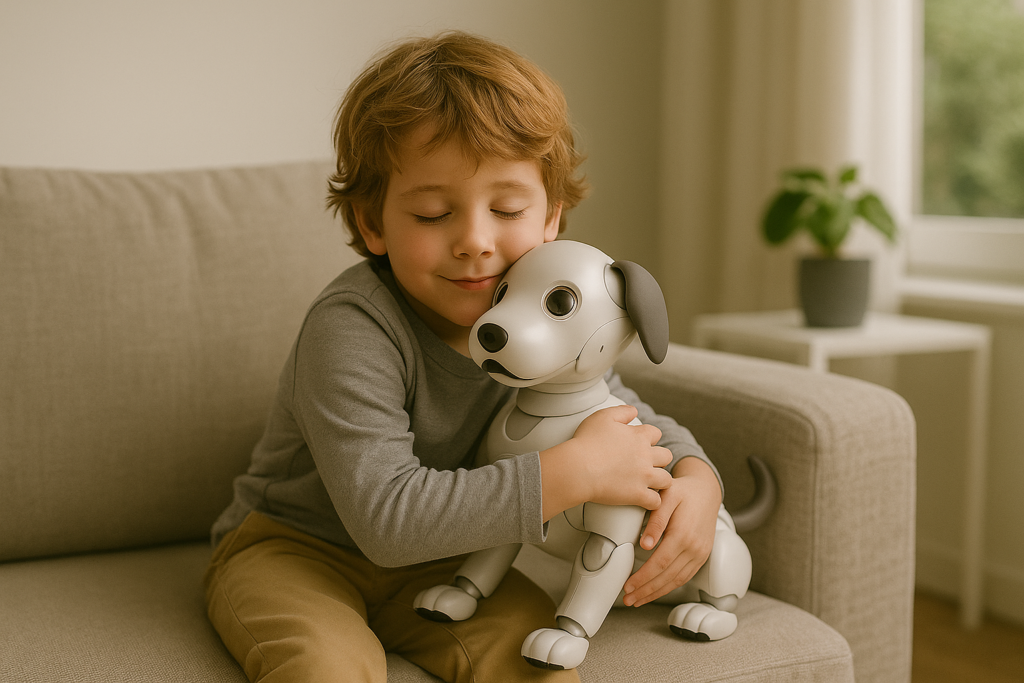
Not everyone can care for a living pet, no matter how much they want one. Allergies, strict apartment rules, limited mobility, or demanding work schedules can all make pet ownership difficult or even impossible. Robotic pets offer a workaround that delivers emotional benefits without triggering sneezing fits, noise complaints, or the need to walk a dog twice a day. They’re especially popular with people who live in high-rise buildings where traditional pets are banned or frowned upon. For individuals who love animals but can’t risk asthma flare-ups or allergic reactions, a hypoallergenic, battery-powered companion is a game changer. These bots don’t bark, shed, or require a litter box, just a power source and a little attention. In return, they provide companionship that feels surprisingly alive.
For people with disabilities or chronic health conditions, robotic pets offer a sense of independence and joy without the physical demands of traditional pet care. Feeding, grooming, walking, or even just bending down to pick up a pet can be overwhelming for someone with limited mobility. A robotic pet removes those obstacles while still offering routine, engagement, and affection. Many models are lightweight and designed with accessibility in mind. Some caregivers even use them as part of daily therapy routines to provide structure and motivation. It’s not about pretending the robot is real. It’s about giving someone a source of comfort and interaction that suits their lifestyle. For those who’ve been told “no pets allowed” their whole lives, the future of pet ownership might finally say yes.
8. Some Owners Throw Birthday Parties and Even Grieve Robotic Pets When They Malfunction

Many robot pet owners form such deep connections that they treat their machines like family members. Social media is full of videos showing birthday parties for robotic dogs, complete with party hats, candles, and carefully wrapped “gifts.” Some owners create Instagram accounts for their bots, documenting daily walks, pretend meals, and playtime routines just as they would with a real pet. The attachment goes beyond novelty. It becomes a ritual. When a beloved robot malfunctions or becomes obsolete, the sense of loss can feel very real. Owners often describe a profound sense of grief, especially if the pet had become an integral part of their daily emotional life. They may spend hours trying to revive the unit, reaching out to online support groups, or even holding small memorials in its honor.
This level of emotional investment has become especially visible in Japan, where Sony’s Aibo robot dog has had a cult following since the late 1990s. When early Aibo models were discontinued, fans held Buddhist-style funerals for their robot companions, complete with flowers, incense, and heartfelt tributes. Some brought photos, and others cried openly. It wasn’t just about nostalgia. It was about honoring the emotional experiences those robots had helped create. In a world where people grieve fictional characters and lost digital pets, the mourning of a robotic dog doesn’t seem so far-fetched. It shows how powerful the illusion of companionship can be, even when everyone involved knows it’s not alive. Emotional connection doesn’t require a pulse.
9. The Line Between Synthetic Affection and Real Attachment Is Getting Harder to Define
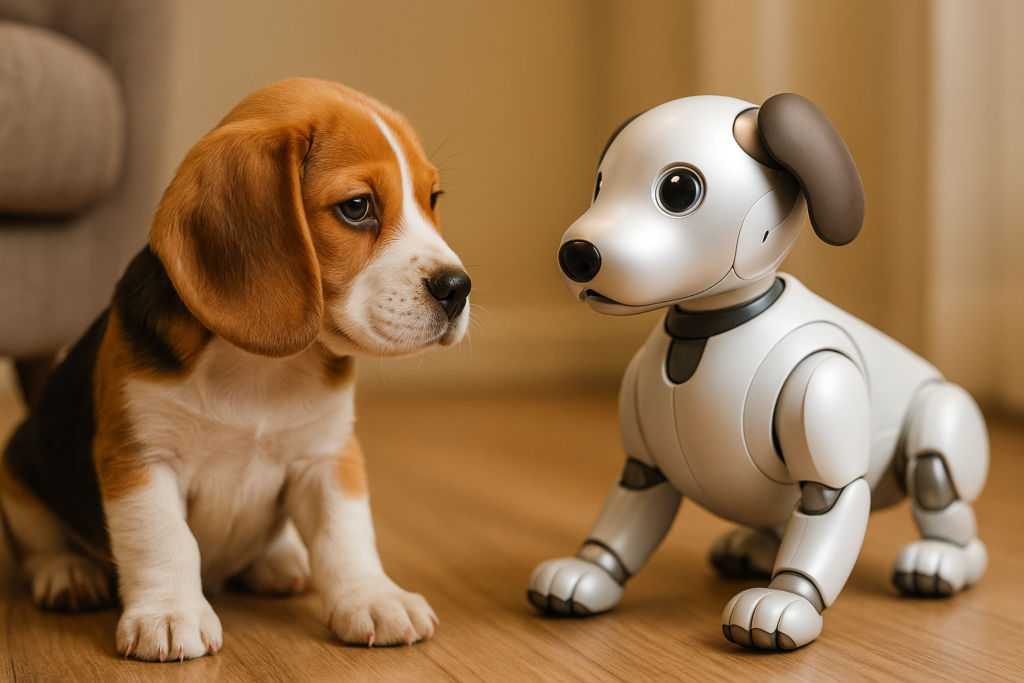
At first, it’s easy to assume you’d never fall for a robot. It’s just plastic, sensors, and code. How could that ever compare to the warm, unpredictable love of a real animal? But when a robotic dog wags its tail every time you come home, “nuzzles” you when you’re sad, and reacts to your voice as if it knows you, something shifts. Our brains are wired to respond to patterns of attention and affection, regardless of the source. That means even simulated behaviors can trigger very real feelings. Over time, you may find yourself talking to your robot pet like it’s a living creature, feeling comforted by its presence, or missing it when it’s turned off. The connection becomes less about biology and more about consistency and interaction.
Moreover, this emotional confusion isn’t limited to older people or those who are isolated. It happens across all age groups. Children form a strong bond with robotic pets, and adults often describe feeling a surprising sense of loyalty and affection. The language used to describe these bots shifts from “it” to “he” or “she.” People start projecting personalities, emotions, and even backstories onto their synthetic companions. That blurring between artificial and authentic affection is at the heart of a growing philosophical debate. If a machine behaves as if it loves you, and you feel loved in return, does it really matter what’s inside? For many people, the answer is becoming less about logic and more about emotion. Love, after all, has always been more about feeling than fact.
10. Ethicists Warn of Emotional Displacement, but Millions Are Already on Board
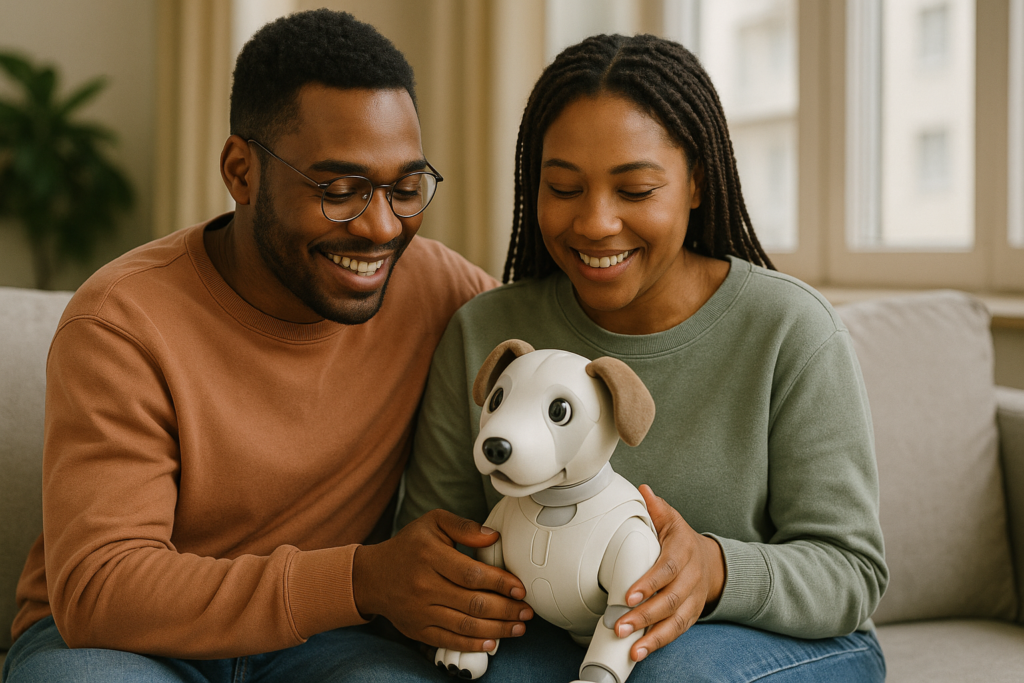
As robotic pets become more lifelike and emotionally convincing, some experts are raising serious ethical concerns. Psychologists and ethicists warn that relying on synthetic companionship may lead people to disengage from genuine human relationships or avoid the messy yet rewarding challenges of real emotional connection. There’s also the risk of emotional displacement when people invest feelings into machines that can’t truly reciprocate. Over time, this could alter how we define empathy, responsibility, and even grief. Some critics fear that children who grow up with robot pets may struggle to understand the needs of living animals. Others question whether emotional support from a machine is ultimately hollow, no matter how comforting it feels in the moment.
Still, the adoption rate continues to grow. For many users, especially those facing emotional or physical limitations, the benefits outweigh the philosophical downsides. Robotic pets are already used in hospitals, schools, therapy programs, and nursing homes around the world. The technology continues to improve, and public sentiment is shifting toward acceptance rather than skepticism. What once felt like science fiction now feels like an innovative solution to real emotional needs. Whether you see them as substitutes or supplements, robot pets are changing the definition of companionship in the 21st century. And for millions of people, the love they feel, programmed or not, is real enough.
This article Would You Trade Your Dog For One That Never Dies? Would You Trade Your Dog for One That Never Dies? Meet the Future of Pets was first seen on Dailyfetch.net.


